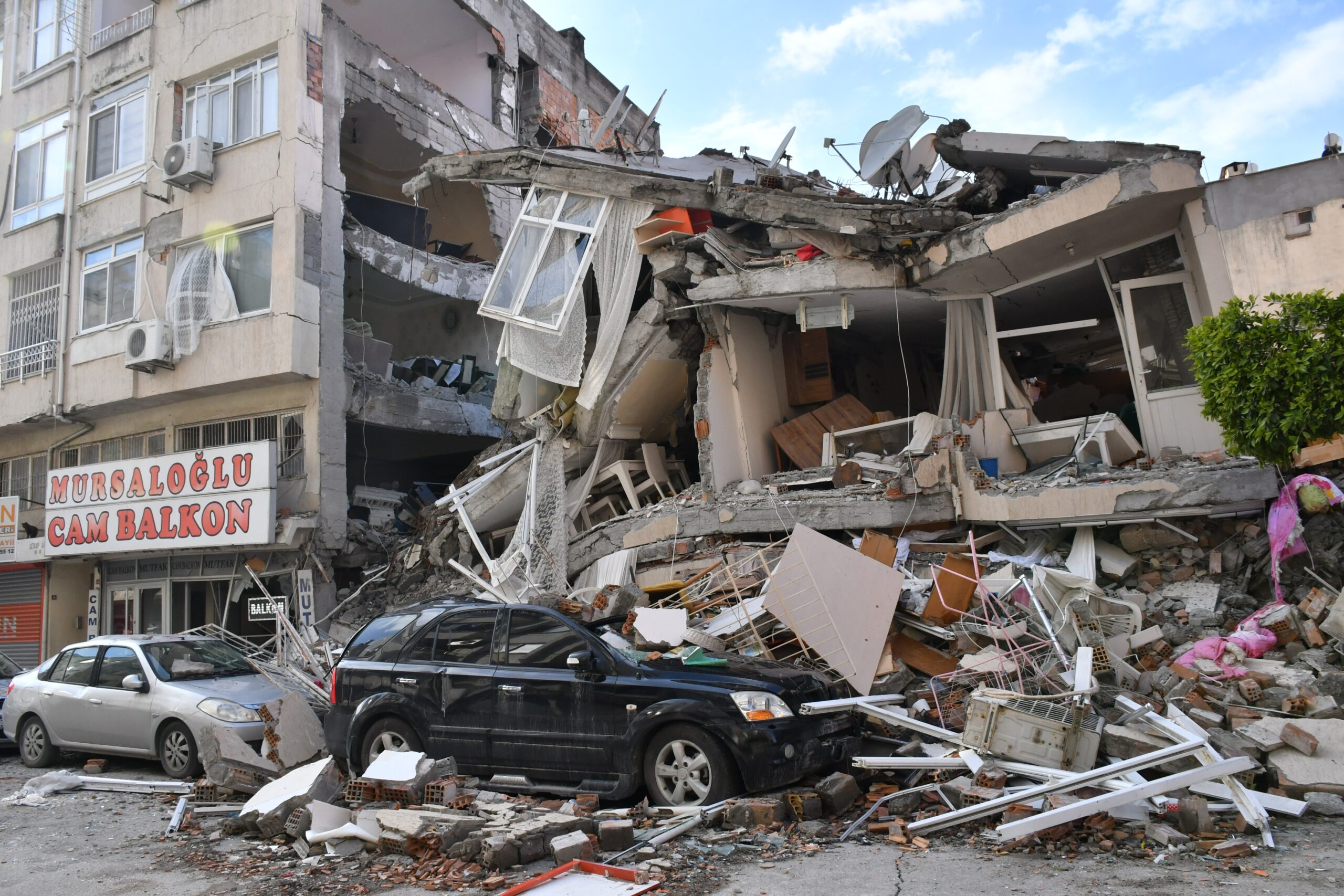New overseas research reports how unique seismic signals were picked up eight months before this year’s massively destructive earthquake in Türkiye, and that these findings may improve our ability to forecast some future large earthquakes.
On 6 February 2023, a magnitude 7.8 earthquake struck the East Anatolian Fault Zone causing widespread damage and casualties in Türkiye and Syria. The rupture started at a secondary fault, and then propagated to the main fault. Researchers say the quake had similar behaviour to other earthquakes such as New Zealand’s 2016 Kaikōura earthquake.
However, the study authors note that intermediate-term earthquake warning – if at all possible – still lies in the future.
The SMC asked third-party experts to comment on the research.
Dr Annemarie Christophersen, Hazard and Risk Scientist, GNS Science, comments:
“This paper studies in detail the seismicity leading up to the 2023 Mw 7.8 Turkey-Syria earthquake as another piece in the puzzle to understand whether earthquakes are predictable. Such case histories are important for improving our understanding of processes that lead up to the occurrence of a major earthquake.
“However, as the authors point out themselves, apparent earthquake nucleation processes vary between different events, and it is difficult to distinguish preparatory processes from other observations. Thus, intermediate-term earthquake warnings are not possible at this stage, and may never be.
“We have a good understanding of where and how often earthquakes occur in the long-term. We capture this information in seismic hazard models. GNS Science publicly released the 2022 revision of the New Zealand National Seismic Hazard model (NZNSHM), which incorporates the latest understanding of earthquake science. The NZNSHM is globally unique in incorporating a medium-term earthquake forecast model for the next 20 years. This model is built on the observation that prior to a major earthquake, seismicity increases in an area around the future large earthquake, similarly as observed in the current case study. The best way to prepare for future earthquakes is to build well with the understanding of the latest science.”
No conflict of interest.
Dr Lauren Vinnell, Lecturer of Emergency Management, Joint Centre for Disaster Research, Massey University, comments:
“Any research which advances our understanding of earthquakes is valuable. As the authors say, however, we are still a way off immediate-term earthquake ‘warnings’ (their research deals with forecasting, which is notably different from warning).
“If it were found to be possible to forecast large earthquakes in New Zealand, it would be important to communicate exactly what this means, and what it doesn’t mean, to the public. As we can see from how some people talk about weather forecasts, it would be important to make clear that forecasting is not the same as predicting. Assuming such forecasting could eventually be implemented in New Zealand, false positives, where an earthquake is forecasted but does not occur, could impact trust and perceived credibility in the forecast source, along with significant social and economic impacts of any measures which were taken in response to the forecast such as mass relocation.
“We would also have to worry about ‘missed’ earthquakes, where an earthquake occurs without being forecasted. One concern with earthquake forecasting, like earthquake early warning, is that some may assume that because we can forecast or warn for some earthquakes, then we can forecast or warn for them all. This might mean that people delay taking protective actions like drop, cover, and hold when they feel the ground start to shake because they assume it’s not an earthquake based on not having received a forecast or warning for it.
“We already know that large earthquakes can and do happen in New Zealand, so the most important thing is to do what we can to be better prepared, now.”
No conflict of interest.
